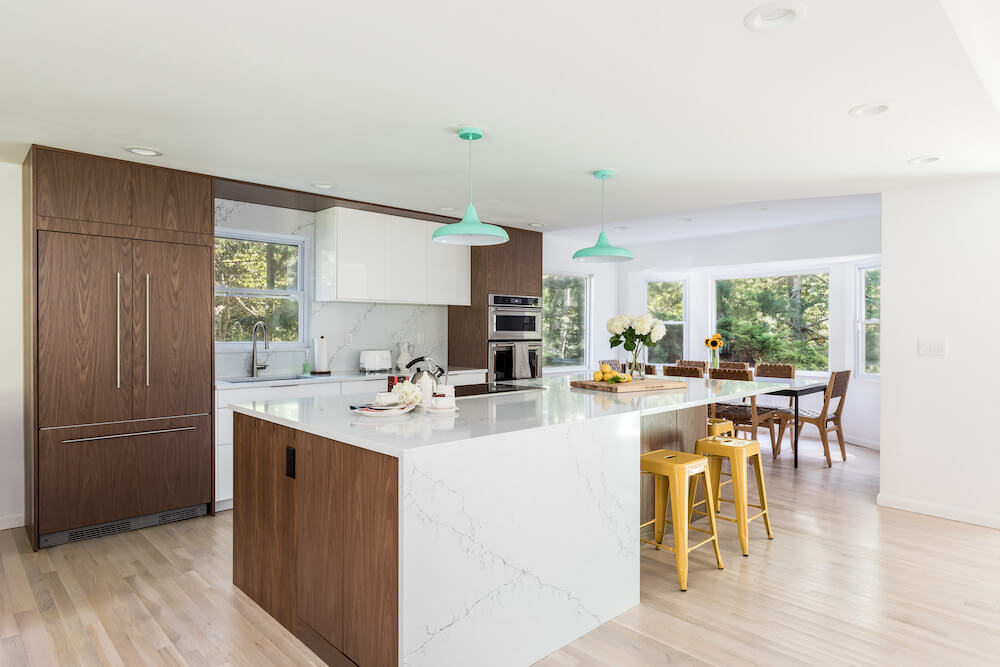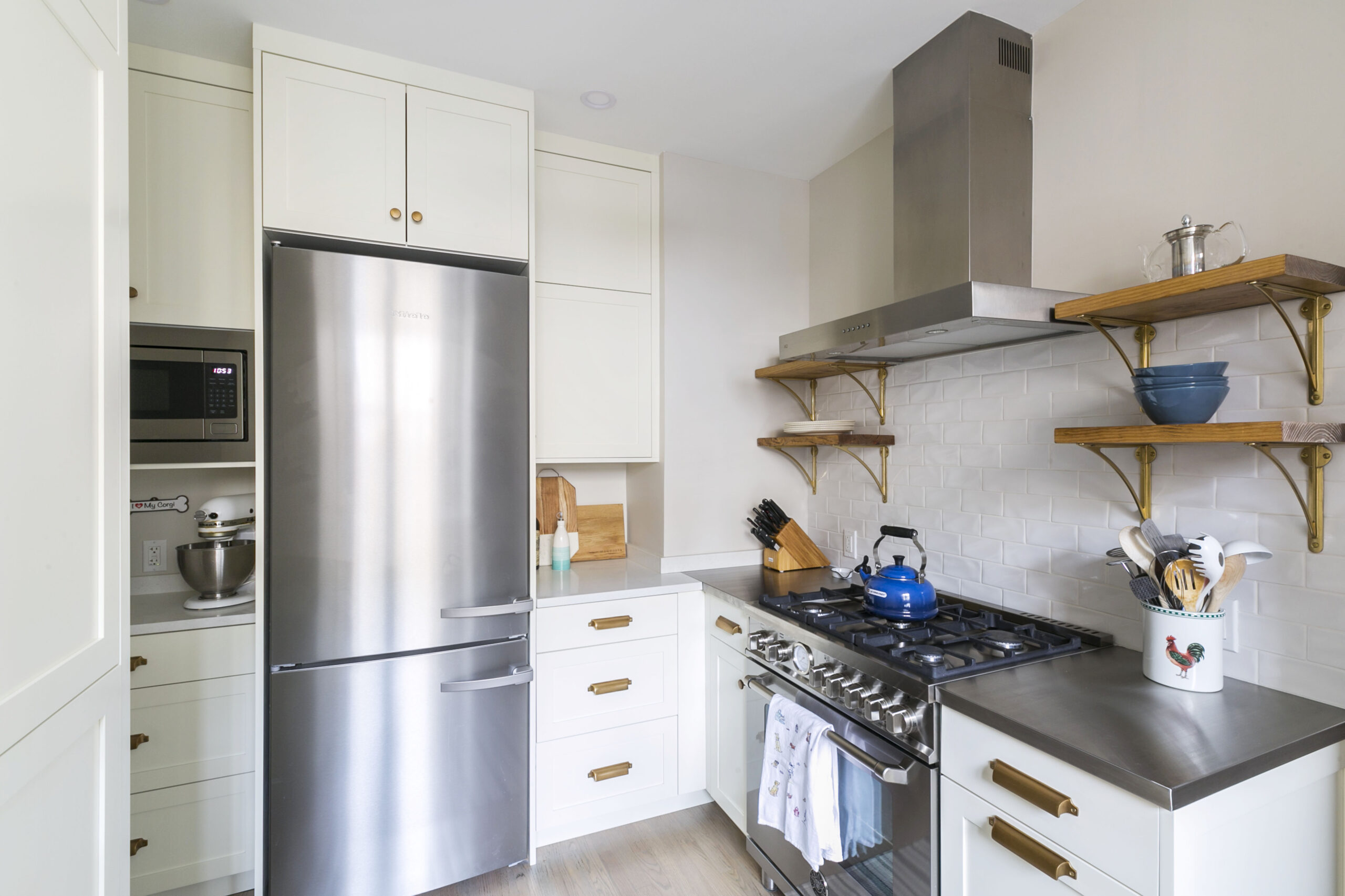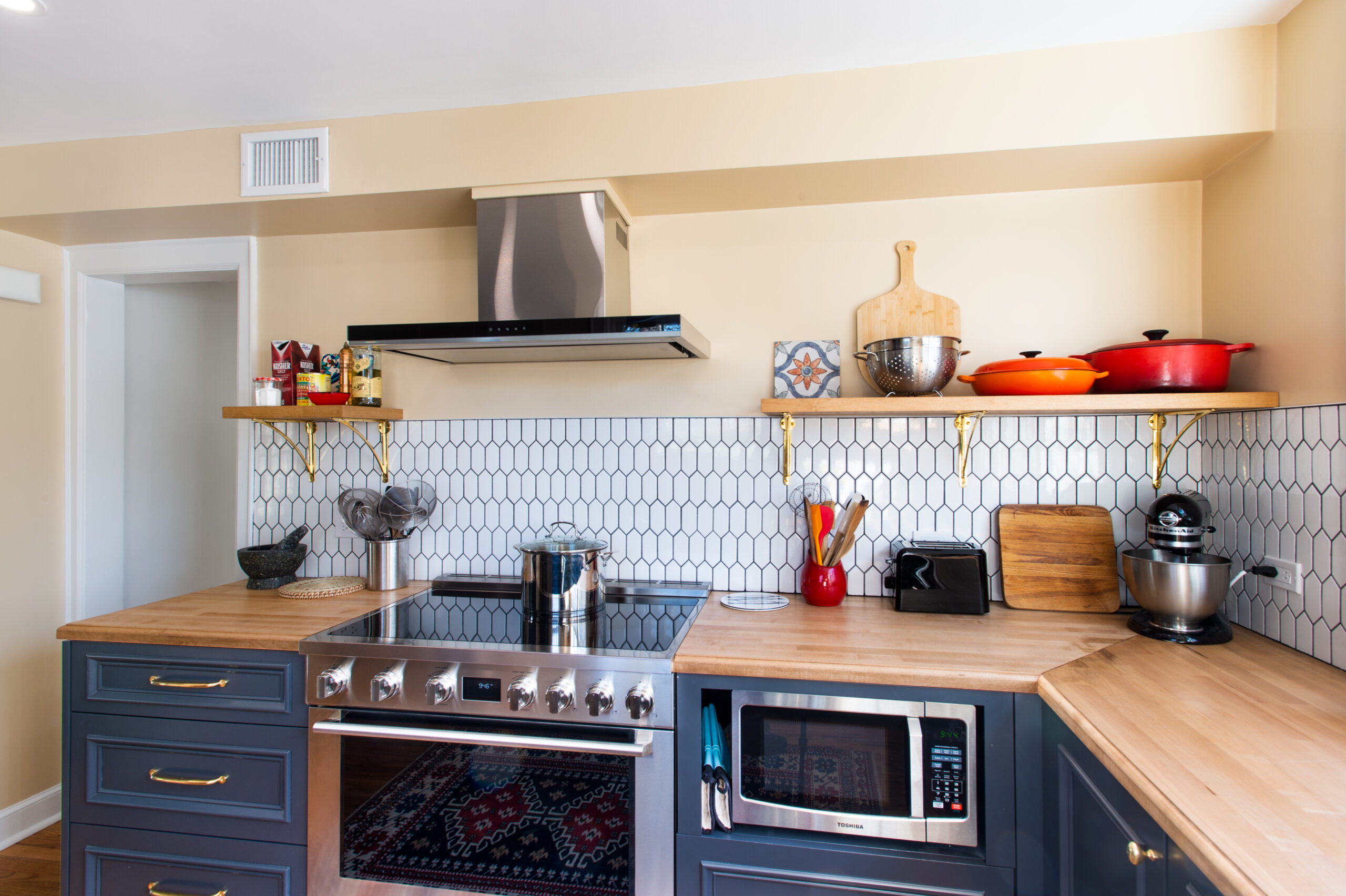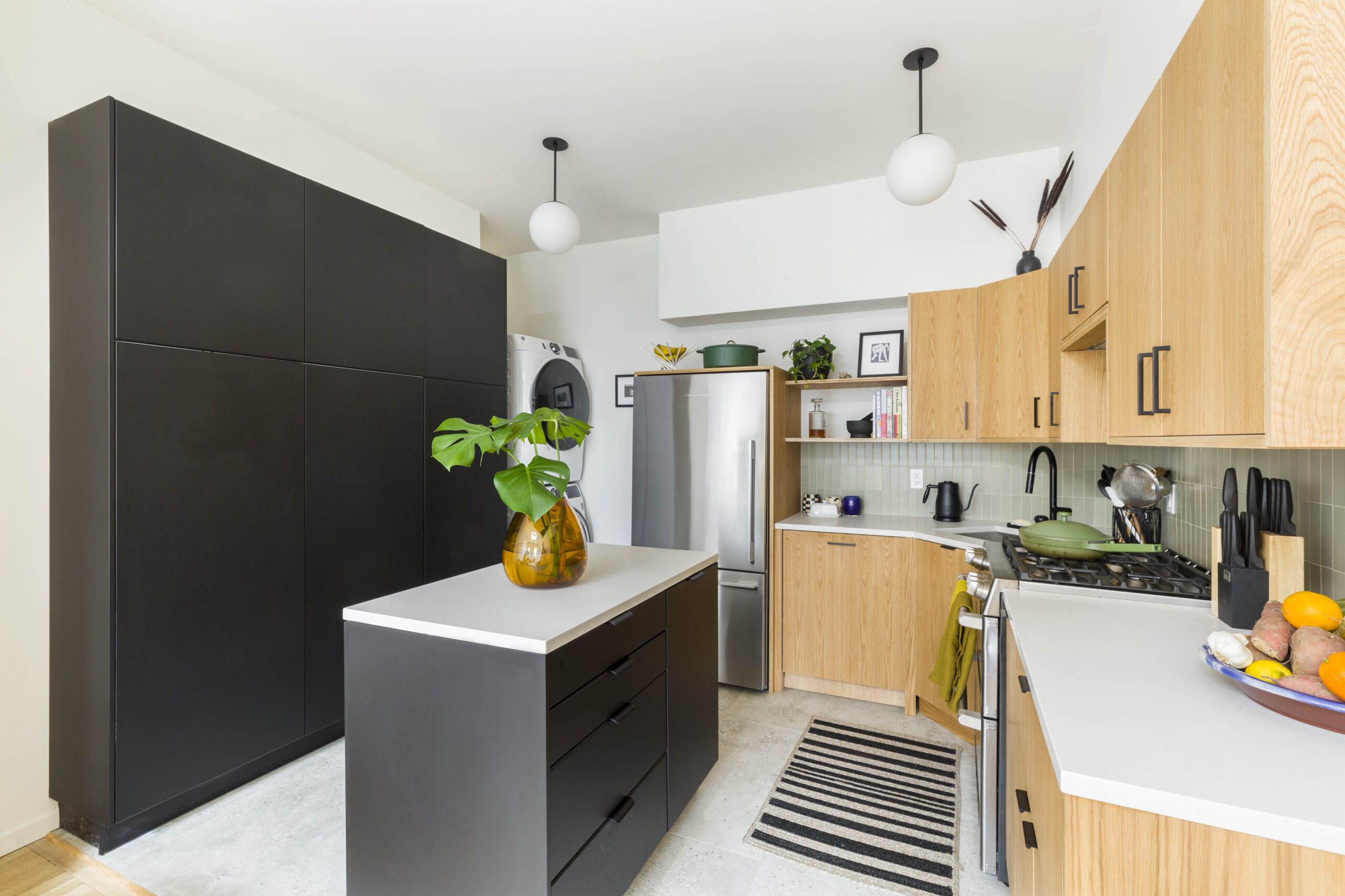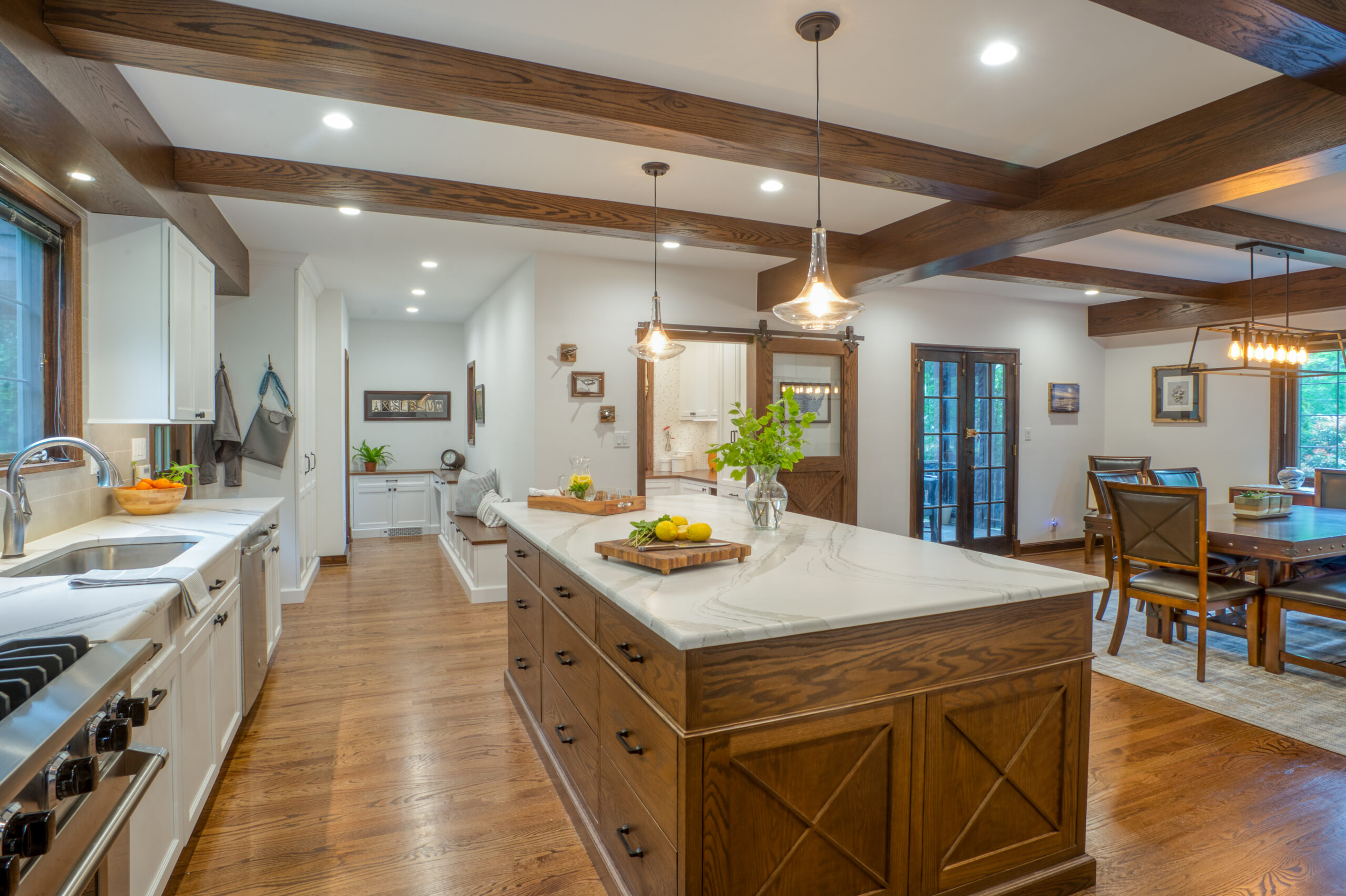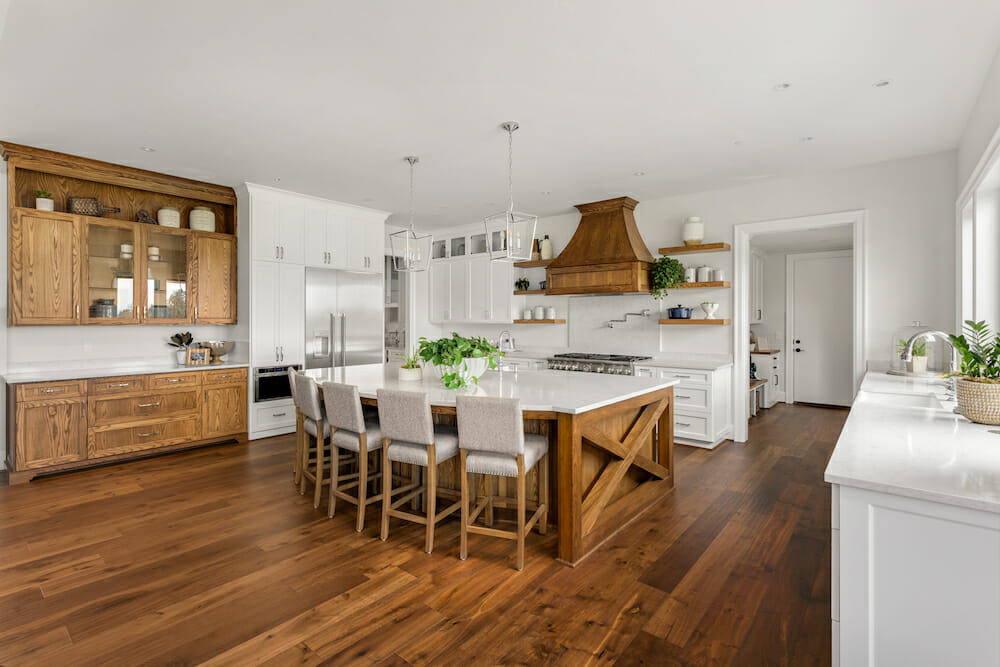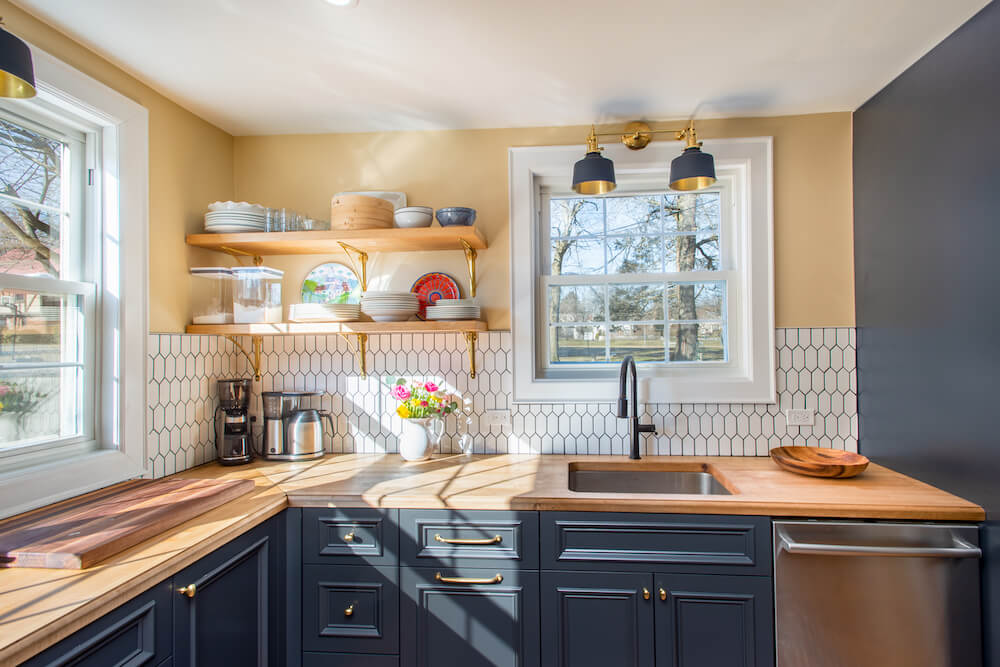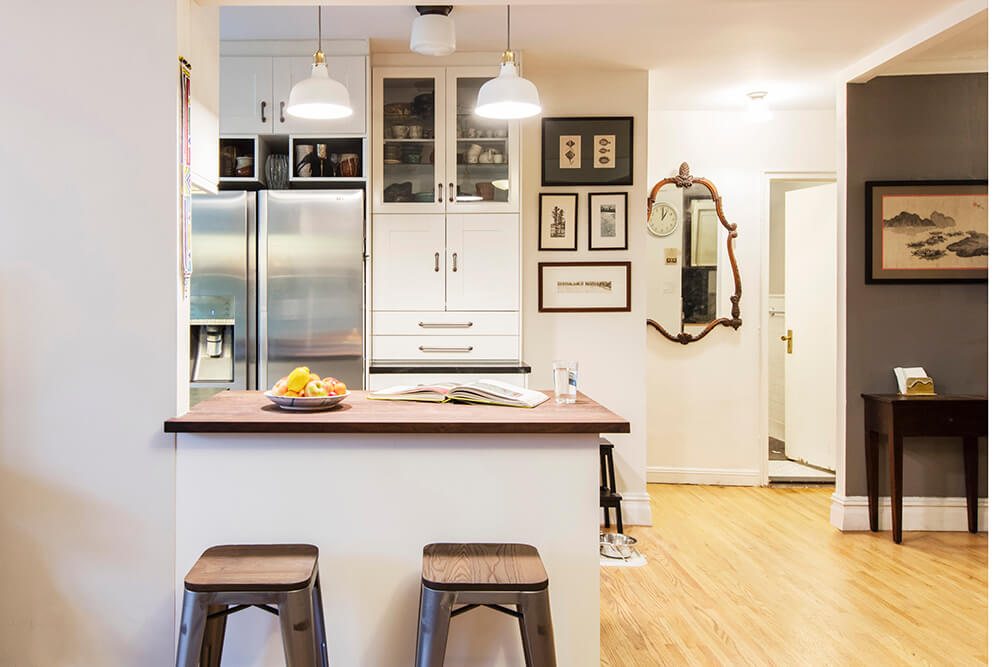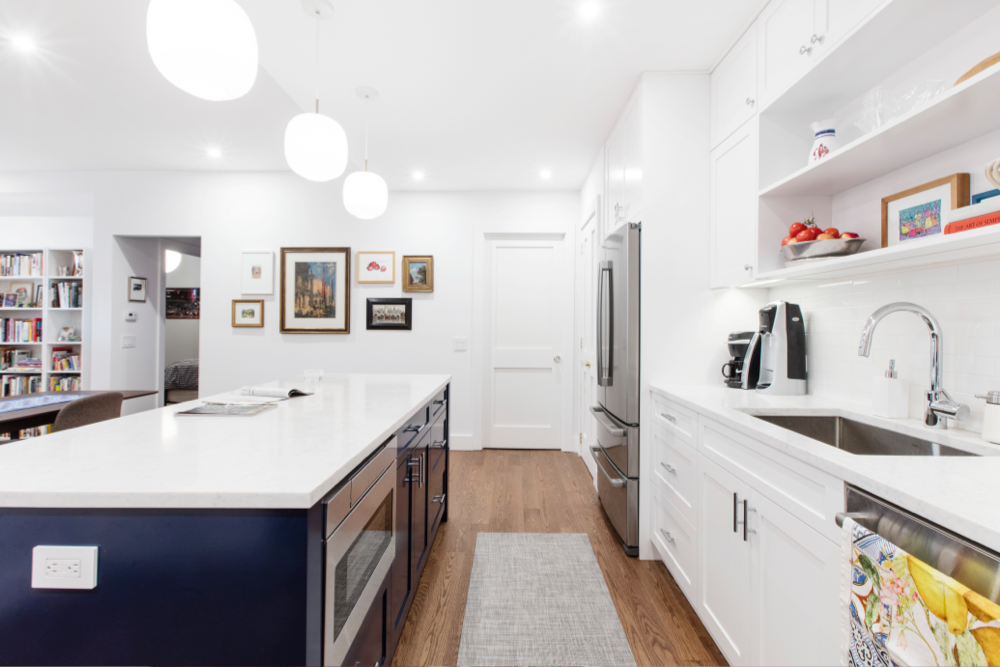Home / Blog / Home Renovation Process
When is a Permit Required for Kitchen Renovation?
Kitchen renovations can range from simple cosmetic tweaks to full-blown overhauls. And when it comes to permits, it’s rarely a simple yes or no answer. The need for official approval hinges on a few crucial factors – think plumbing, electrical work, structural changes – and local regulations that can vary wildly. Consider this your explainer on when you absolutely need to get a permit for your kitchen reno, and why it actually matters in the long run.

Post your project on Sweeten for free and make your dream renovation a reality. Sweeten simplifies home renovation by connecting homeowners with top-rated general contractors, handling the vetting process and project management. To learn more about how we can help, check out our home renovation services.
Before You Start Demo: A Quick Permit Checklist for Your US Kitchen Reno
To get a quick initial idea of whether your kitchen renovation might need a permit in your US location, ask yourself these questions:
- Will you be knocking down or building any walls (structural changes)?
- If the answer is yes, you almost always needs a permit
- Will you be moving or significantly altering any plumbing (sinks, dishwashers, etc.)?
- Yes, you likely needs a permit.
- Will you be doing any new electrical wiring, moving outlets, or upgrading the electrical panel?
- Yes, you likely needs a permit.
- Will you be altering or installing any gas lines?
- YES, definitely needs a permit.
- Are you only replacing cabinets, countertops, and flooring in the same footprint?
- You’re less likely to need a permit, but confirm locally!
- Are you just painting or changing backsplash tiles without structural changes?
- Very unlikely to need a permit.
Important Note: This is a very basic guide. Building codes vary significantly across the United States (by state, county, and even city). Always, always verify the specific requirements with your local building department before starting any significant work. It’s better to be safe (and legal!) than sorry.
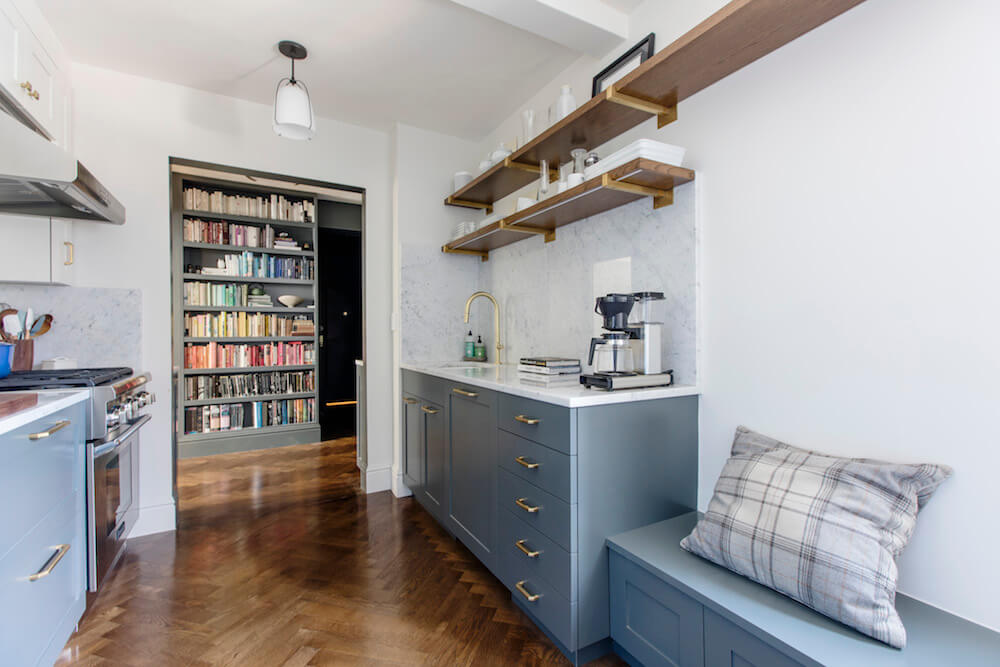
Why Permits Anyway?
So, why does anyone even care if you change your kitchen cabinets in your own home? It might seem like a personal project within your four walls. But the truth is, building permits exist for some pretty important reasons, mainly centered around safety and code compliance. Think about it: your home’s structure, electrical system, and plumbing are all interconnected and need to meet certain standards to ensure they’re safe for you and your family, and even for future owners.
Permits help ensure that any significant changes you make adhere to these established safety guidelines within your state’s framework. This isn’t just about bureaucratic red tape; it’s about preventing fires, structural collapses, and plumbing disasters in our community.
The Big Triggers: When a Permit is Almost Always Required in the US
Now, let’s get down to brass tacks. While local regulations can have their own quirks across the US – think of the stringent requirements in a major city like New York City, where even moving a non-load-bearing wall often necessitates a permit filed by a licensed professional with the Department of Buildings (DOB) – there are some pretty common scenarios where you can bet you’ll need a permit for your kitchen renovation nationwide:
- Moving or Altering Walls (Structural Changes): Whether you’re in a brownstone in Brooklyn or a bungalow in Boise, if you’re planning to knock down a wall to create an open-concept kitchen or build a new one to reconfigure the space, you’re almost certainly looking at needing a permit. These changes affect the structural integrity of your home, and local authorities want to ensure the modifications are done safely and according to code.
- Messing with Plumbing: Anything beyond simply replacing a faucet in the same location usually requires a permit. This includes moving sinks, dishwashers, or adding new water lines. For instance, in both NYC and Los Angeles (where the Department of Building and Safety oversees such work), relocating a sink almost always triggers permit requirements. Improper plumbing can lead to leaks, water damage, and even contamination of your water supply.
Sweeten brings homeowners an exceptional renovation experience by personally matching trusted general contractors to your project, while offering expert guidance and support—at no cost to you. 
Renovate expertly with Sweeten
At Sweeten, we’re experts at all things general contractors. Here’s how Sweeten works: We pre-screen them for our network, carefully select the best ones for your remodeling project, and work closely with hundreds of general contractors every day.
- Electrical Work (Beyond Swapping Fixtures): Upgrading your electrical panel, adding new outlets in different locations, or running new wiring for appliances will almost certainly necessitate a permit. Consider adding a new high-voltage outlet for a professional range in Los Angeles; this would definitely require an electrical permit from LADBS, similar to upgrading wiring in an older building in NYC. Electrical work is inherently dangerous if not done correctly, and permits ensure it meets safety standards to prevent fires and shocks in your home.
- Gas Line Changes (If Applicable): If your kitchen uses natural gas or propane for cooking and you plan to move or add gas lines, a permit is absolutely essential. Gas leaks can have severe consequences, so these installations are heavily regulated for the safety of everyone, from the crowded streets of Manhattan to the sprawling suburbs of LA.
By blending the examples this way, we provide specific illustrations of the general points while still maintaining the broader focus on US homeowners. Remember that while these examples are illustrative, readers should always check their own local regulations.
The Gray Areas: Projects That Might (or Might Not) Need a Permit in the US
This is where things can get a little fuzzy, and it’s crucial to check with your local building department. Some common kitchen updates might fall into this gray area:
Replacing Cabinets and Countertops (Same Footprint): If you’re swapping out old cabinets and countertops with new ones of roughly the same size and in the same location, you might not need a permit. However, if your new design requires any structural modifications to the walls or floor, that could change things.
New Flooring: Generally, installing new flooring (tiles, hardwood, laminate) doesn’t require a permit, as long as you’re not altering the subfloor in a significant way.
Painting and Cosmetic Changes: A fresh coat of paint or new backsplash tiles usually won’t trigger permit requirements. These are considered cosmetic upgrades.
Replacing Appliances (Same Hookups): Swapping out your old refrigerator with a new one that uses the same electrical outlet and water line (if applicable) typically doesn’t require a permit. The same often goes for dishwashers and ovens, as long as you’re not altering the existing connections.
Why Bother with Permits? The Downsides of Skipping Them
You might be tempted to skip the permit process to save money and time, but trust us, it’s usually not worth the risk:
- Fines and Penalties: Getting caught doing unpermitted work can result in significant fines from your local building department.
- Stop-Work Orders: If an inspector discovers unpermitted work, they can issue a stop-work order, halting your renovation until you get the necessary approvals. This can lead to costly delays and frustration.
- Issues When Selling Your Home: When you eventually decide to sell your house, unpermitted work can raise red flags during inspections and title searches. Buyers might be hesitant, or you might be forced to retroactively obtain permits or even undo the work.
- Safety Risks: As mentioned earlier, permits ensure work is done safely and to code. Skipping them increases the risk of accidents, fires, or structural problems in your home and potentially affecting your neighbors.
- Insurance Complications: In the event of a problem related to unpermitted work (like a fire caused by faulty wiring), your insurance company might deny your claim.
Your Next Steps: How to Figure Out Your Local Rules
So, how do you know for sure what the rules are in your specific US location? Here’s your action plan:
- Contact Your Local Building Department: This is the most reliable way to get accurate information. Look up the contact information for your city or county’s building permit office.
- Visit Their Website: Many local government offices have websites with information on permits, applications, and contact details.
- Talk to Your Contractor: A reputable contractor should be very familiar with local permit requirements and can guide you through the process. However, it’s still a good idea to verify this information yourself.
- Be Specific About Your Project: When you inquire, be clear about the scope of your renovation. Mention if you’re moving walls, changing plumbing or electrical, etc.
Ultimately, understanding when a permit is required for your kitchen renovation in the country isn’t just about following rules; it’s about ensuring the safety, legality, and long-term value of your home. While the specifics can seem a bit complicated, taking the time to investigate and obtain the necessary permits upfront will save you potential headaches, financial burdens, and safety risks down the road.
We can help plan your renovation
Find endless home renovation inspiration, detailed guides, and practical cost breakdowns from our blogs. You can also post your project on Sweeten today and get matched with our vetted general contractors and get estimates for free!
FAQs
The best way is to directly contact your local city or county building department. Their website often has information, or you can call or visit their office. They can provide the most accurate requirements based on your specific project and location.
Skipping permits can lead to significant fines from your local authorities, stop-work orders that halt your project, issues when you try to sell your home, safety risks due to uninspected work, and potential denial of insurance claims if problems arise from the unpermitted renovations.

